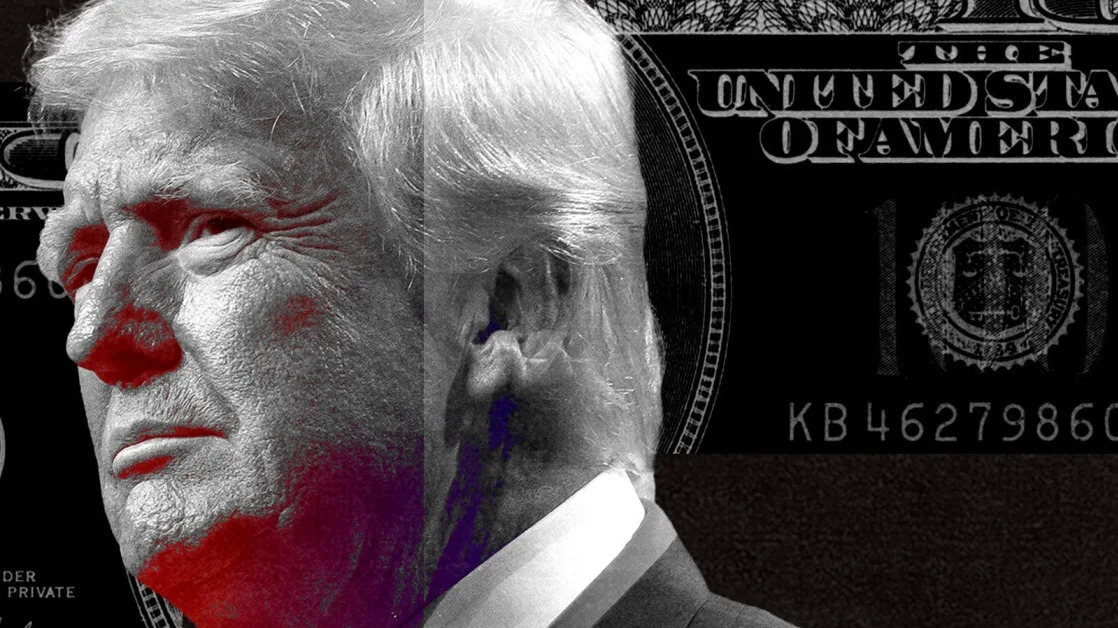Second quarter profits climbed for the US banking industry from the previous quarter. But credit quality continued to worsen, according to the FDIC’s quarterly report.
The banking sector's mixed picture for the second quarter sets it on decent footing ahead of the Federal Reserve's signal it will begin lowering its benchmark interest rate in a matter of weeks.
“The banking industry continued to show resilience in the second quarter. However the industry still faces significant downside risks from uncertainty in the economic outlook, market interest rates and geopolitical events,” FDIC acting Chair Martin Gruenberg said in a statement.
He added, “These issues could cause credit quality, earnings and liquidity challenges for the industry.”
In aggregate, profits rose to $71.5 billion, up 11.4% from the first quarter, though it was down slightly compared to the year-ago period.
This rise came “mainly due” to one-time securities gains posted by large banks, as well as the absence of fees owed to the bank regulator to repay the Federal Deposit Insurance Fund for covering the regional bank failures from last year. During the quarter, JPMorgan Chase ( JPM ), PNC ( PNC ), and Northern Trust ( NTRS ) recognized gains on long-held shares from Visa's (V) IPO worth close to $10 billion combined.
—The industry's credit quality worsened slightly as its rate of writing off bad loans, or net charge-offs, rose by 3 basis points to 0.68% from the previous quarter. That rate has stood at its highest level since the country's last major credit cycle a decade ago, driven by credit card and non-owner-occupied commercial real estate loans, according to the report.
The industry’s share of non-current loans, or those at higher risk of going bad because they are 90 days past due, remained unchanged and below the pre-pandemic average.
The slightly rising rate of bad loans in the quarter was primarily driven by credit card and non-owner-occupied commercial real estate loans, according to the report.
Second quarter credit card loans held by banks stood at their highest rate since the third quarter of 2011.
With the Federal Reserve poised to begin lowering interest rates later this month, the FDIC report covers what is expected to be the tail end of the industry’s earnings under a two-year period of tighter monetary policy. High rates have meant record profits for the industry’s biggest players, but margins across the sector also continue to be squeezed.
What the Fed rate decision means for bank accounts, CDs, loans, and credit cards
The net interest margin, which measures the interest banks earn minus the interest they pay for deposits and other funding sources, declined slightly in the second quarter and stood below its historical pre-pandemic average, according to FDIC data that stretches back to 2008. The margin drag came primarily from large banks holding $250 billion in assets or more.
Meanwhile, the industry's unusually high paper losses on lower-yielding bonds totaled $513 billion in the second quarter, down by $4 billion from the previous quarter. Notably, in July, PNC ( PNC ), Truist ( TFC ), and other regional banks said they recognized billions in losses on their underwater bonds to improve their margins ahead of anticipated rate cuts.
Lower rates are thought to reduce the profitability drag banks currently have from their lower-yielding securities and bonds invested during the pandemic or earlier, which would make a world of difference for lenders so long as their borrowers can continue meeting their interest payments.
"I think a particular benefit to the banking industry, if the Fed should lower rates, would be some benefit on their balance sheet exposures to those assets," Gruenberg told reporters during a press conference.
"Weakness in certain loan portfolios, particularly office properties, credit cards, and multifamily loans, continues to warrant monitoring," he added.
David Hollerith is a senior reporter for Yahoo Finance covering banking, crypto, and other areas in finance.
.





